The weather forecast seemed reasonable so we decided to spend the day at the Black Country Living Museum in Dudley, West Midlands, ten miles west of Birmingham. Although the museum’s postal address is Dudley, the nearest railway station is Tipton. We bought return rail tickets costing approximately £5 each for the 20 minute journey from Birmingham New Street station, Tipton being on the Wolverhampton line with trains departing every 30 minutes.
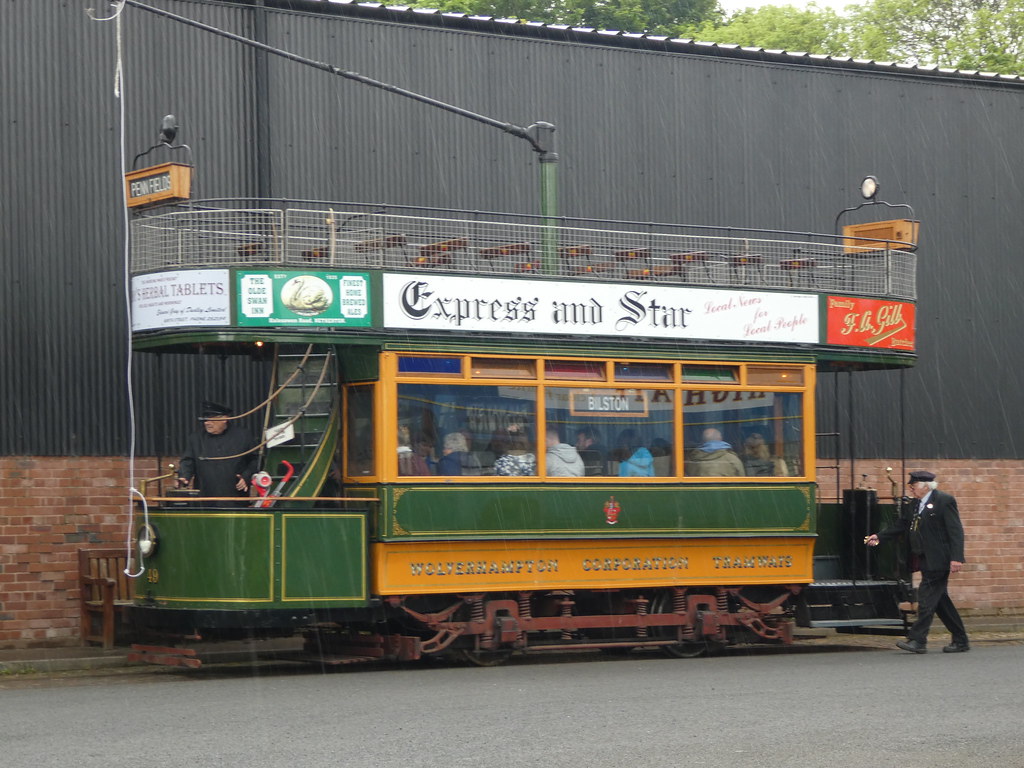
On leaving the station it was a mystery which way to go as strangely the museum is not signposted from there although it is only a one mile walk to reach the entrance. Glancing at our phone map helped us find our way to the main entrance where there is also a large museum car park costing £3 per day. Entrance to the museum is quite expensive at £17.50 but we were able to take advantage of a 2 for 1 admission price by downloading a voucher from the Days out in the UK by train website. Visitors just need to have valid rail tickets to Tipton for the day of their visit and bring along the accompanying voucher to receive the discount so please bear this in mind if you are considering a visit as it is a much cheaper alternative than arriving by car.
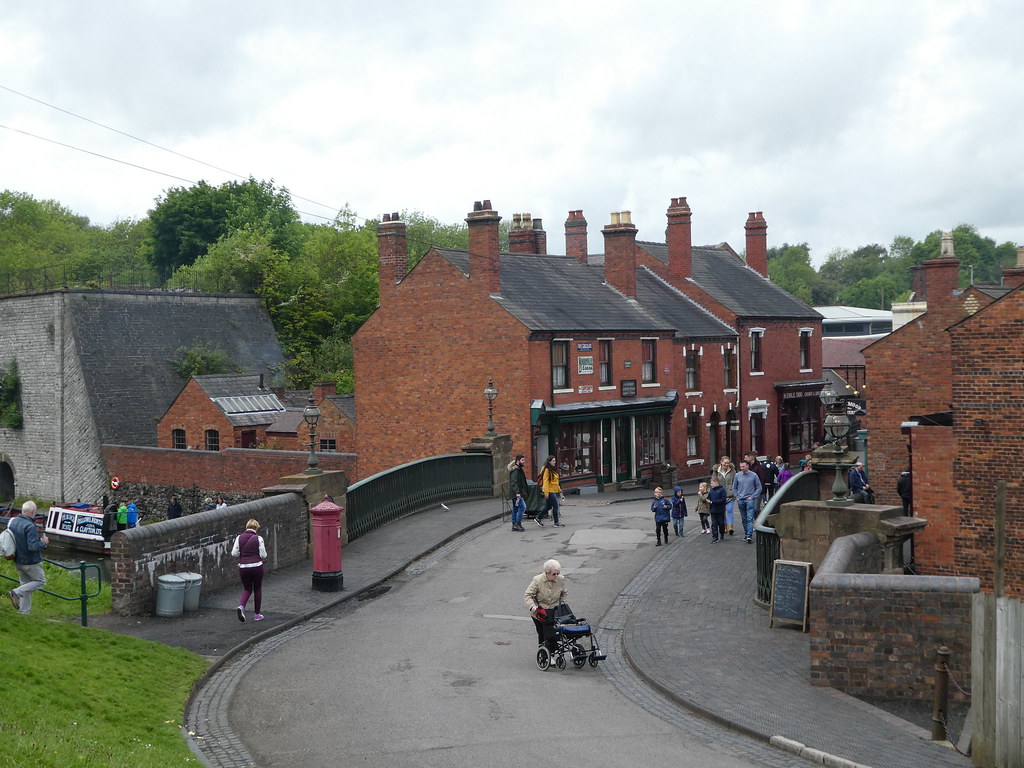
The museum first opened in 1978 and since then more than 50 shops, cottages and other buildings from the surrounding Black Country have been moved there brick by brick. The main focus of the museum covers the period 1850-1950 and is located on former industrial land where coal pits, disused lime kilns and an old railway goods yard used to be.
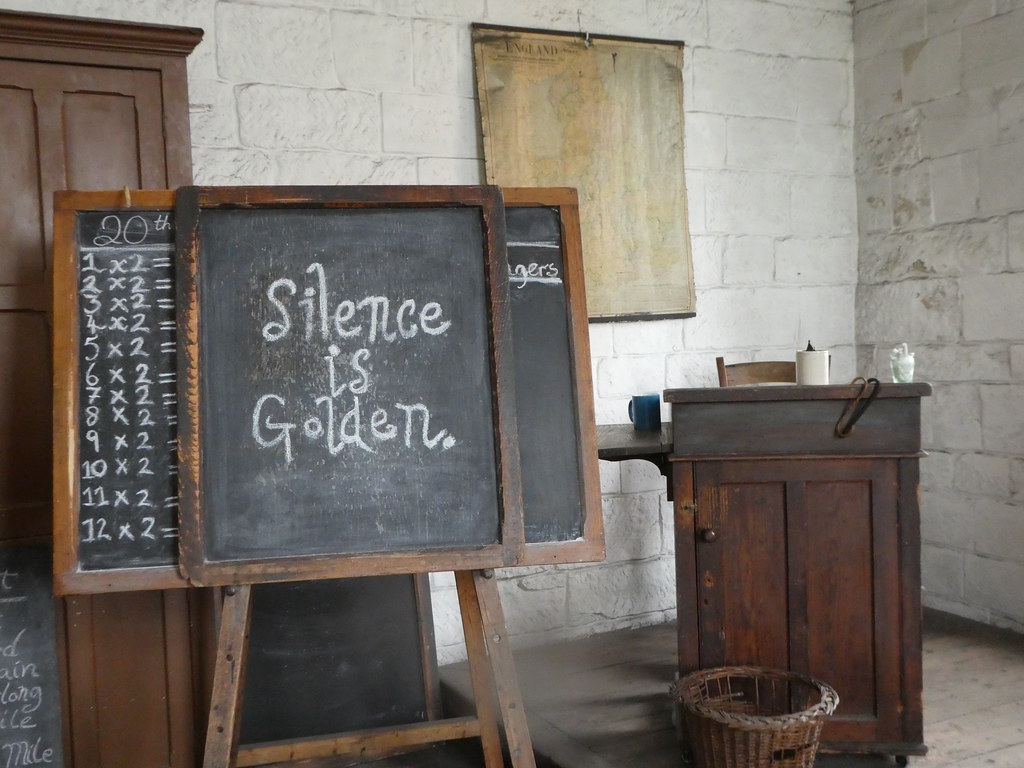
The main entrance is in the old Rolfe Street Baths and here we found displays of local artefacts that were made in the industrial heartland of the Black Country. These included vehicles, anchors, chains and enamels. Stepping outdoors, vintage buses, trams and trolley buses were waiting to take visitors on the short journey to the village centre. It’s possible to ride on these vehicles as often as you wish as there is no extra charge for using the transport. The Victorian school of St. James was our first stop, the bus dropping us off nearby. Entering the building, the cloakroom looked bare and uninviting with its rows of metal coat pegs attached to the walls. Whilst in the classroom, the antiquated desks complete with slates, chalk and inkwells must have been uncomfortable with their hard, wooden seats lined up in rows facing the teacher’s blackboard.
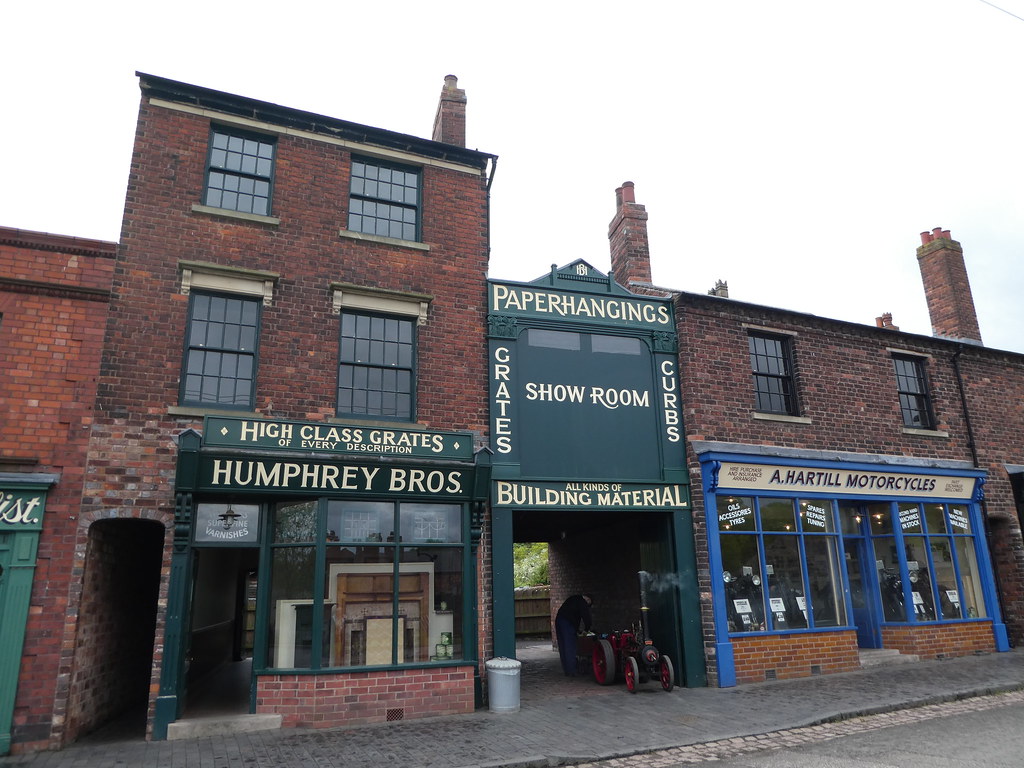
Leaving the school we looked in each of the small shops which had all been authentically recreated and fitted out with stock that would have been available at that time. The village shops include a general store, a chemist and a gentleman’s outfitters. Each shop had a member of staff dressed in character to answer questions and relate stories of local life in those days. The ‘sales assistant’ in H. Morrall’s outfitters demonstrated a bowler hat stretcher for us and showed us separate collars that could be clipped onto shirts each day.
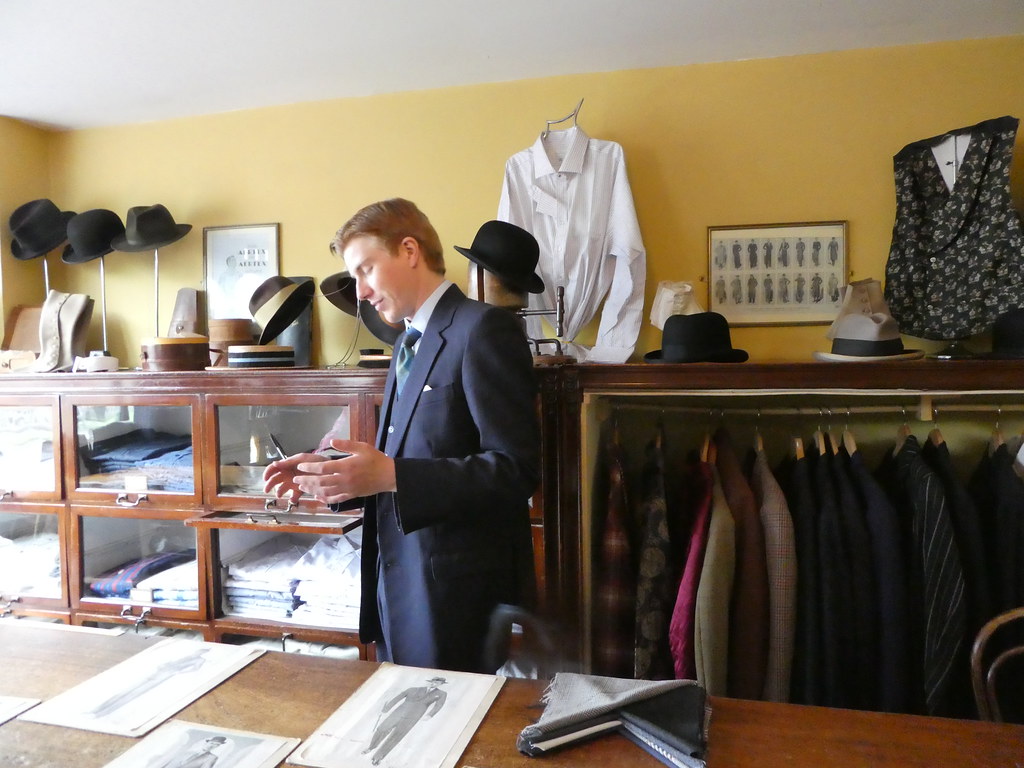
Alongside the shops and cottages there is also a working pub called ‘The Bottle and Glass Inn’ set out as it would have been in 1910 where people were enjoying pints of beer and pork scratchings. Across the road from the pub stands the village chapel which has been recreated with wooden pews and a carved wooden balcony for the choir.

A little further along we came to Hobbs & Co, a fish and chip shop just as it would have been in 1935, with an original frying range. The fish and chip shop was open and seemed popular as the queue was snaking around the corner. There were a few seats inside but most people were walking round eating their meal wrapped in paper. It looked tempting but as we had eaten fish and chips the previous evening we didn’t want the same again so soon afterwards. Other working shops included a bakers selling freshly baked bread and cakes made from old recipes and a sweet shop selling traditional boiled sweets and humbugs weighed out on old fashioned scales from tall glass jars.
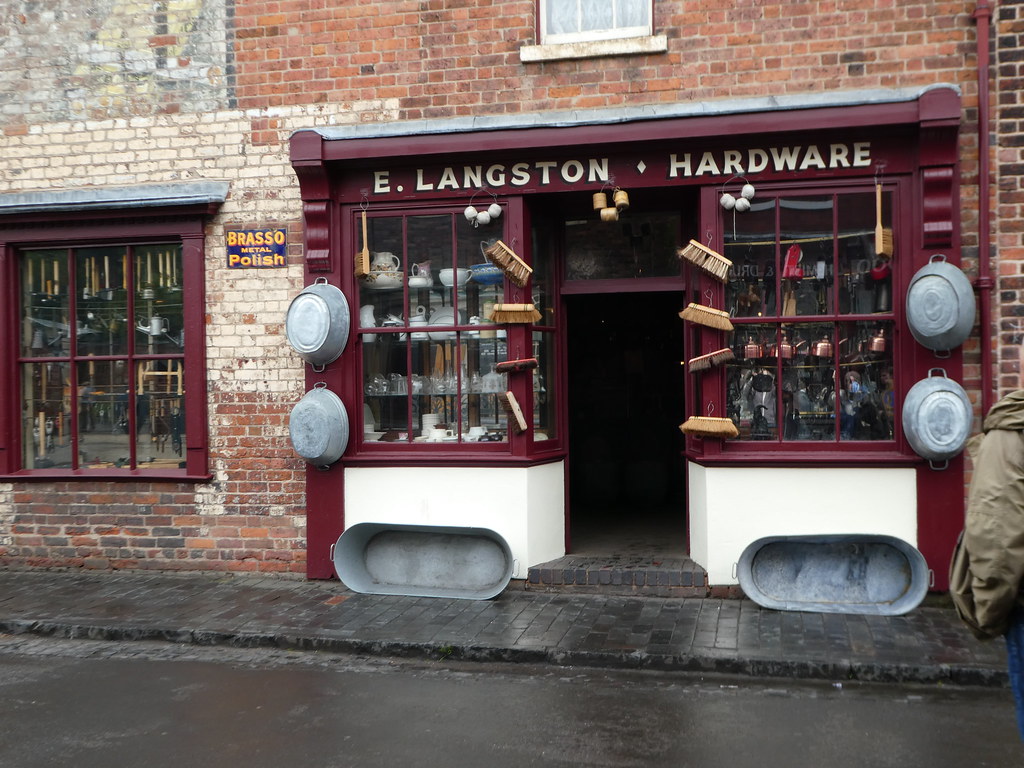
Along the canal a typical dock basin has been re-created with several narrowboats on display on the nearby canal arm. Around the dockyard we explored the 1880’s brick blacksmith’s forge. There was even a lifting bridge between the ironworks and boat dock which was moved to the museum from Tipton.
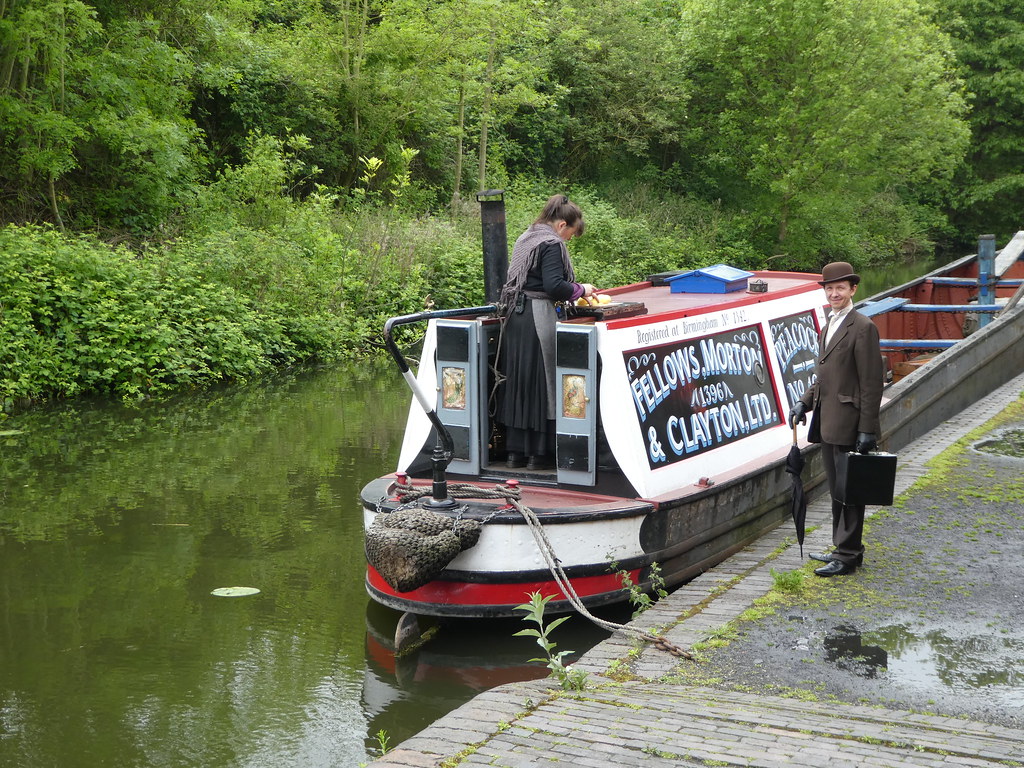
In one of the dockside sheds we were able to watch a demonstration of traditional chain making and how a strong link was forged before automated machinery was introduced.
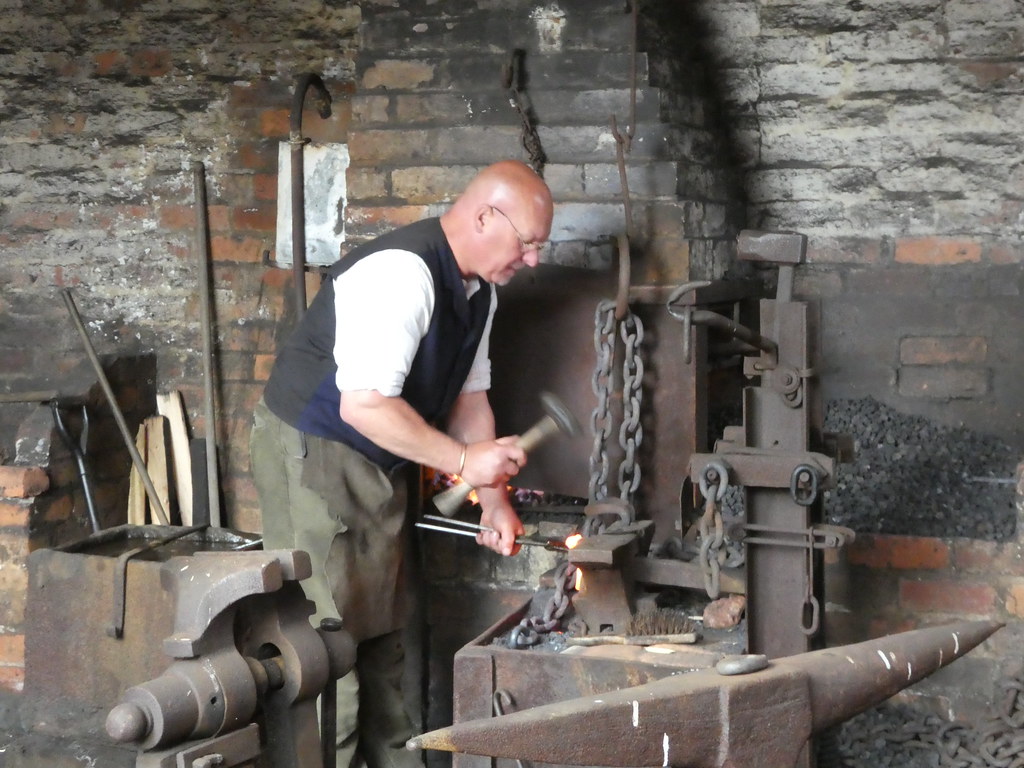
The museum includes visits down an underground mine. Tours run at 20 minute intervals and last about 30 minutes. There is a small waiting room for tours as only 25 people can descend into the mine at one time. We visited on a Saturday and managed to get on the next available tour, so equipped with hard hats and torches we descended on foot into the underground drift mine where we explored the life of a coal miner in the mid 1880’s. Our guide was very informative and explained the principles of drift mining as we navigated the narrow tunnels by torchlight.
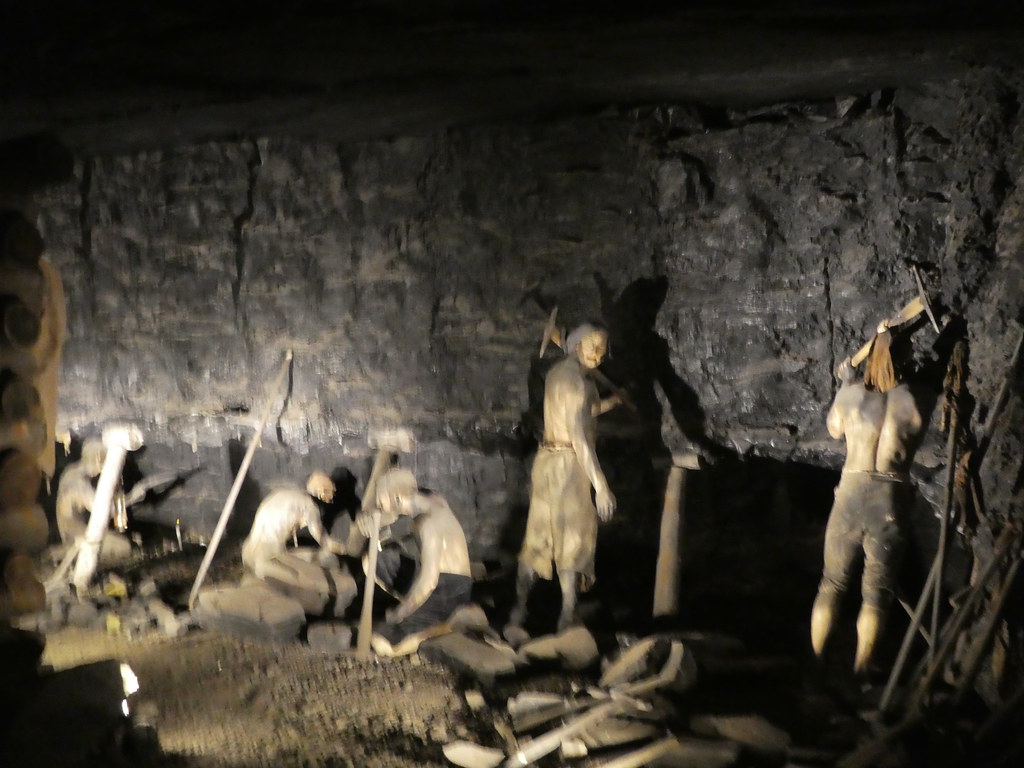
There was so much to see at the museum, an old garage and petrol pumps, a 1930’s fairground and a worker’s institute. Several times a steam engine trundled past pausing to allow visitors to inspect the engine. It’s a splendid museum and definitely worth a full day’s visit on a fine day for anyone visiting Birmingham and the West Midlands.
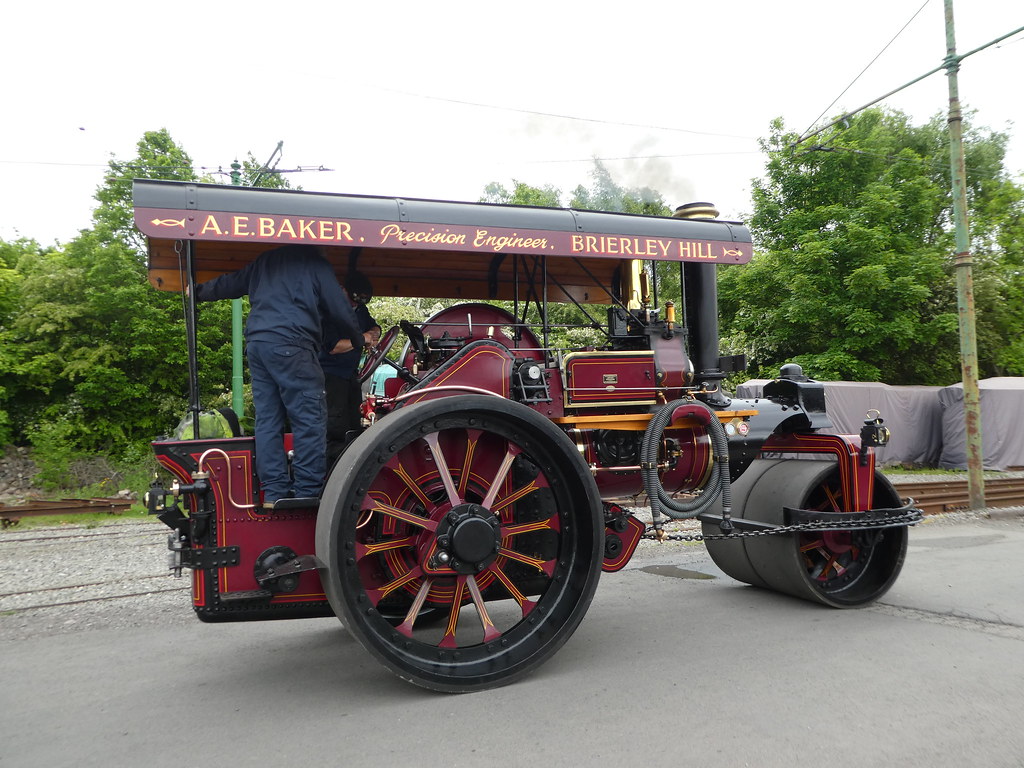
It started raining heavily as we walked back to the station but fortunately we only had to wait a few minutes for our train back into the city centre. After enjoying tea and cakes in Grand Central we returned to our hotel for a short rest before going out to a nearby pub for dinner. Thankfully, the heavy rain showers had cleared so we enjoyed a late evening stroll alongside the canal and were fortunate to witness a beautiful sunset.
If you are considering a short break in the West Midlands then you might be interested in checking out some of these lovely glamping sites.
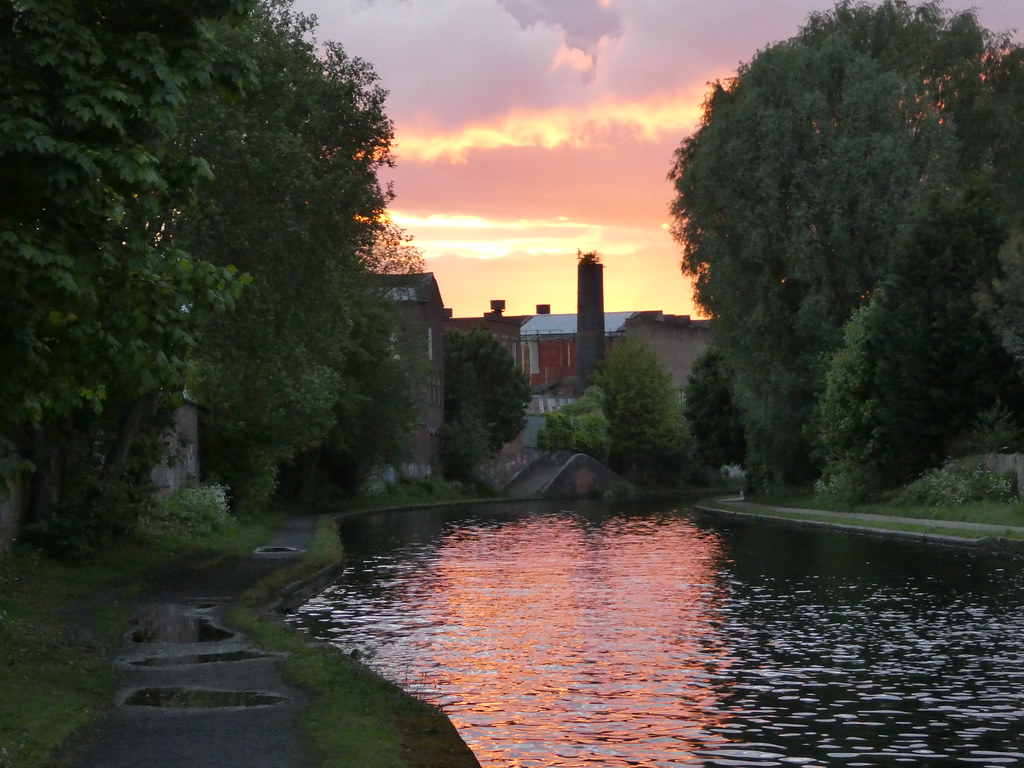
If you have enjoyed reading this post you may also like:
Other posts in this series:
Similar posts:


Leave a comment